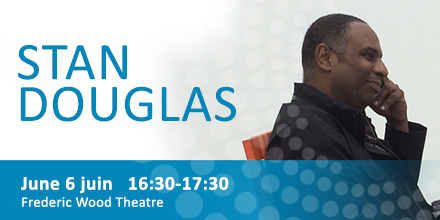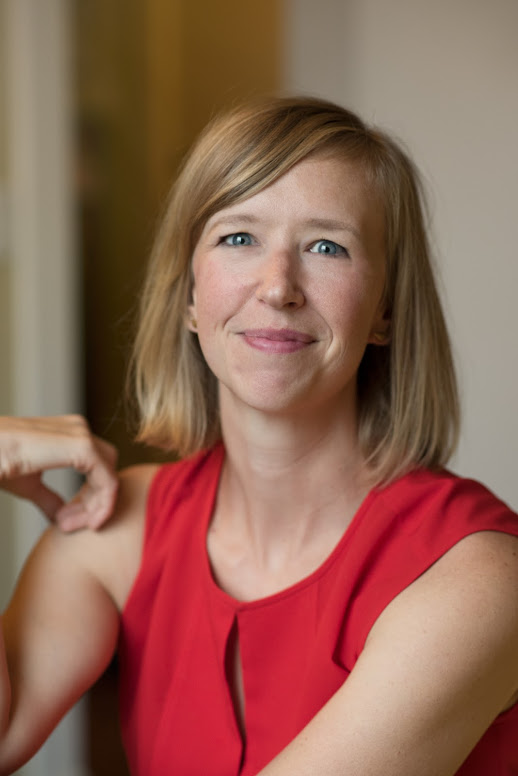Mandy Len Catron, Congress 2019 guest blogger
All of this year’s Big Thinking events consider how the arts function as a platform to engage with scholarship in the humanities and social sciences. Organizers were inspired by three big questions: Who speaks for whom? Whose stories get told? And who gets left out?
In a talk entitled “Impossible Pictures,” Vancouver photographer and multi-media artist Stan Douglas spoke about the challenges of making some of his recent work. Douglas said he makes art “because I want to see something in front of me.” His most recent projects all use sophisticated digital technology to recreate the past in the present moment, raising questions about how art can connect us to the past and think critically about how we live in the present.
One project, Circa 1948, used an augmented reality app to recreate two Vancouver locations that can no longer be visited: Hogan’s Alley, which was razed for the creation of the Georgia Viaduct in 1970, and the old Hotel Vancouver, which was demolished in 1949. Douglas explained how he used old photographs, maps, and archive data to recreate a 3-D environment of a post-war world that no longer exists. The app allows viewers to move through these locations and reimagine the communities that occupied them.
Circa 1948 is part of a larger multi-media exploration of Vancouver in the post-war era. Douglas showed a clip from the hybrid play/film Helen Lawrence and photorealistic images from his series Nocturnes. All three projects evoke a world that no longer exists, tackling race, class, power, and what Douglas calls the “reorganization of urban space.”
Douglas also spoke about his series of high-resolution images depicting the global social unrest of the year 2011. The images, which were pieced together from aerial photographs, video imagery, and 3D imaging technology, recreate the riots in the Tottenham district of North London. In a conversation with the audience, Douglas said he wanted the images to tell a story slowly, the longer a viewer looked. “This is not a humanistic view,” he said, “this is the view of surveillance. Having this kind of scale, I can give a sense of time being played out spatially.
Douglas reminded audience members that, though art may have the capacity to elicit empathy, the technology he uses is fundamentally a “bourgeois medium”—especially virtual reality. “The reality they’re surrounding you with is actually controlled by the corporations who are making it,” he said.
Mandy Len Catron is a writer and a faculty member in UBC’s Optional Residency MFA program in Creative Writing. Catron is the author of How to Fall in Love with Anyone: A Memoir in Essays. The book was listed for the 2018 RCB Taylor Prize and the Kobo Emerging Writer Award. Her writing can be found in The New York Times, The Guardian, The Rumpus, The Washington Post, and The Walrus as well as literary journals and anthologies. She teaches creative writing at the University of British Columbia.


